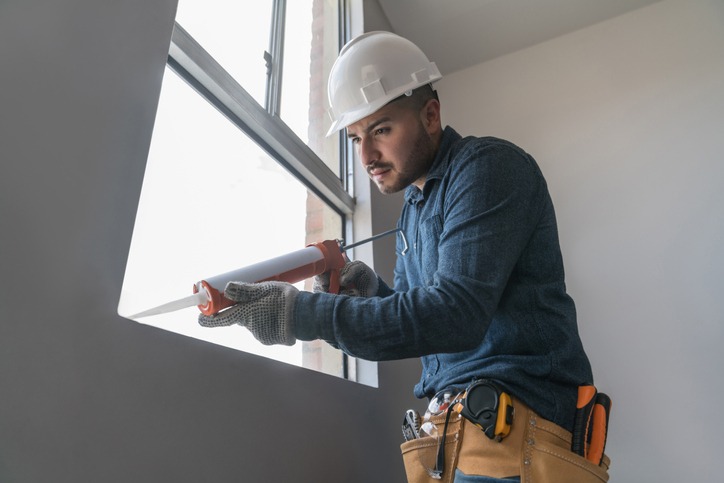
How To Find & Repair Air Leaks
Have you noticed wildly fluctuating temperatures from one room to the next or drafts in particular areas of your home? If you have, air leaks could be the culprit. Beyond making it difficult to control the temperature in your home, air leaks could strain your HVAC system by making it work harder than necessary and spiking your utility bills. Accordingly, air leaks are a problem homeowners would like fixed sooner rather than later. Below, the experienced technicians with our HVAC company outline common sources of air leaks, methods for identifying them, and how to fix any air leaks you find around your home.
LIBERTYAIR Air Conditioning & Heating offers quality heating services and AC repair in Gainesville, FL. Contact our local HVAC company today to schedule HVAC services!
Common Sources Of Air Leaks
The numerous holes, gaps, and cracks around a home can add up to the equivalent of leaving a window open every day for a year. The following lists the most common sources of air leaks around homes.
- Windows
- Doors
- Attic Hatches
- Chimney
- Recessed Light Fixtures
- Wall Outlets
- Dryer Vents
- Ductwork
- Floor Drain
- Exterior Wall Cracks
- Garage/Living Space Walls
Conducting a thorough visual inspection of areas around the home where air leaks commonly occur is a crucial step in the air leak repair process. Specifically, check for cracks on the exterior walls of your home and inspect around doors and windows for places where weatherstripping or caulking has deteriorated.
Methods For Identifying An Air Leak
During a thorough visual inspection of your home’s exterior and interior walls, you will likely detect a few gaps and cracks that could cause an air leak. If you suspect your home is suffering from an air leak, contact one of our professional technicians to conduct an energy audit or a blower door test. However, there are also DIY methods for identifying an air leak, such as the following.
- Air Leak Detectors – There are several products on the market you can use to identify an air leak. For example, you can invest in a smoke pencil air leak detector, which produces smoke to show you where the air is going. Additionally, ultrasonic air leak detectors use ultrasonic waves to identify an air leak.
- The Paper Technique – A cheaper yet slightly less accurate method for identifying air leaks is the paper technique. To use this method, hold a piece of paper near gaps/cracks, which will move if there are drafts.
- Flashlight Method – The best time to use this method is when it is dark outside. First, turn off every light in your house. After that, shine a flashlight in areas where you suspect gaps or cracks may exist. While using the flashlight, have someone go outside and look for rays of light coming through. If light can make it through gaps outside your home, air can too.
How To Repair An Air Leak
After identifying where the air leaks are coming from, you can start taking the necessary steps to repair them, such as doing the following.
- Caulk – You can obtain caulk at any home improvement store and use it to seal up cracks on the home’s exterior walls and gaps around windows and doorways.
- Weatherstripping – Weatherstripping is effective at sealing the gaps around doors and windows that may be responsible for air leaks.
- Spray Foam Insulation – Spray foam insulation is effective at filling nooks and crannies where air may escape. As a bonus, spray foam insulation minimizes heat loss.